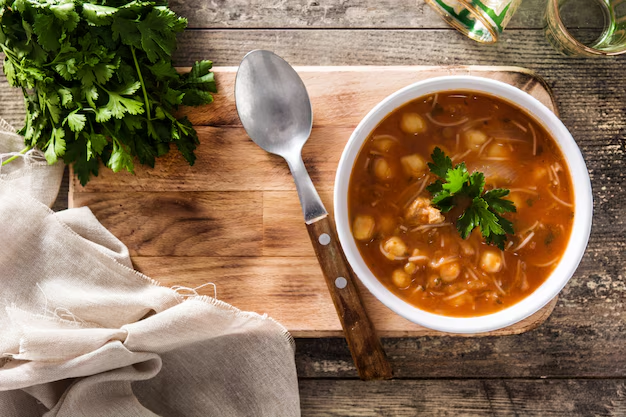Discover the Benefits of Pinto Beans for Diabetics
When managing diabetes, choosing the right foods can significantly impact blood sugar control, overall health, and quality of life. Among the myriad of dietary choices, one humble legume stands out: pinto beans. Rich in nutrients and packed with health benefits, pinto beans may be a valuable addition to a diabetic-friendly diet.
Understanding Pinto Beans and Their Nutritional Profile
Pinto beans are a type of legume well-regarded for their high fiber content and low glycemic index. This combination makes them an excellent choice for blood sugar management. Let's explore why:
- Fiber: Pinto beans are rich in dietary fiber, which slows down the digestion and absorption of carbohydrates. This can help keep blood glucose levels stable, avoiding sudden spikes that can be problematic for diabetics.
- Low Glycemic Index: The glycemic index (GI) measures how quickly foods raise blood sugar levels. Foods with a low GI, such as pinto beans, provide a more gradual release of glucose into the bloodstream.
- Protein: They are a good source of plant-based protein, which is crucial for cell repair and muscle maintenance.
- Nutrient Density: Pinto beans are packed with essential nutrients like iron, magnesium, potassium, and folate, contributing to overall health.
Health Benefits for Diabetics
Adding pinto beans to a diabetic diet offers several advantages:
- Improved Blood Sugar Control: Due to their fiber content and low GI, pinto beans can help manage blood sugar levels effectively. Regular consumption may lead to improved HbA1c levels over time.
- Heart Health: Diabetics are at greater risk for heart disease. Pinto beans contain nutrients like magnesium and potassium that support cardiovascular health.
- Weight Management: The fiber and protein in pinto beans help promote satiety, which can aid in weight management—a critical aspect of diabetes management.
Affordable and Accessible
Pinto beans are not only nutritious but also economically accessible. They can be purchased dry or canned, making them an affordable option for many. For those looking to manage costs while maintaining a healthy diet, pinto beans are ideal.
Beyond Nutrition: Financial and Educational Support for Diabetics
A balanced diet is just one aspect of managing diabetes. Often, managing the condition can be expensive due to medication, regular testing, and healthcare costs. Fortunately, there are financial assistance programs and resources available:
- Government Aid Programs: Medicaid and Medicare can provide coverage for essential diabetes supplies and medications.
- Nonprofit Organizations: Groups like the American Diabetes Association offer support resources and sometimes financial aid for diabetes management.
- Pharmaceutical Assistance Programs: Many pharmaceutical companies offer assistance for those unable to afford their medications.
- Educational Grants: For those impacted by diabetes, educational grants and scholarships may help alleviate the financial burden of education.
Managing diabetes with pinto beans and being aware of financial support options can significantly improve your quality of life. The intersection of healthy eating and financial aid can lead to better management of diabetes, ensuring diabetics lead a fulfilling life without undue financial stress.
📋 Financial Resources for Diabetics
- Medicaid/Medicare: Government programs for healthcare coverage.
- American Diabetes Association: Offers resources and aid.
- Pharmaceutical Assistance: Helps with medication costs.
- Educational Scholarships: Funding opportunities for students with diabetes.
